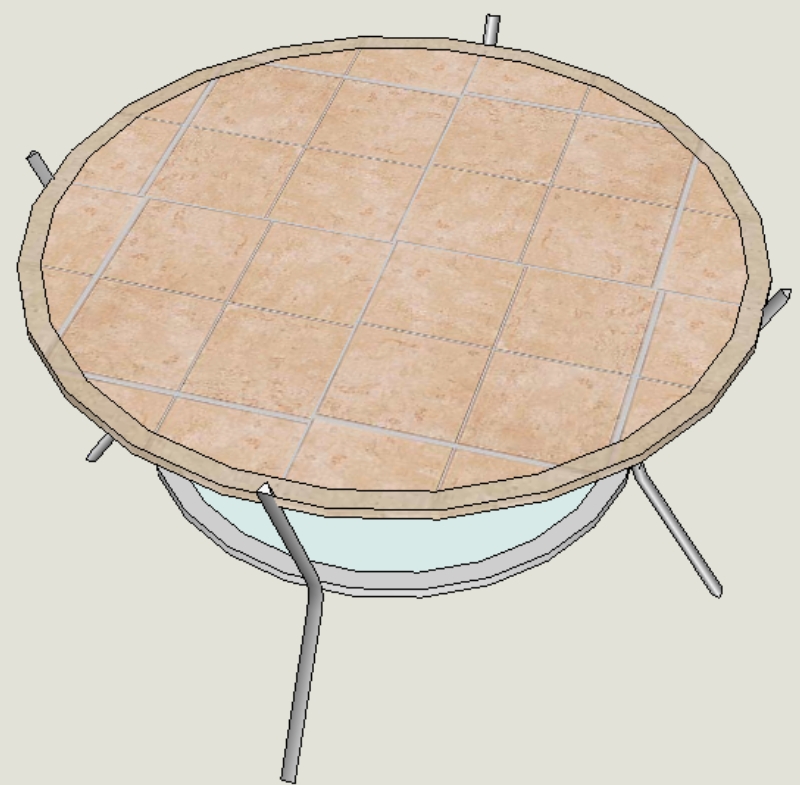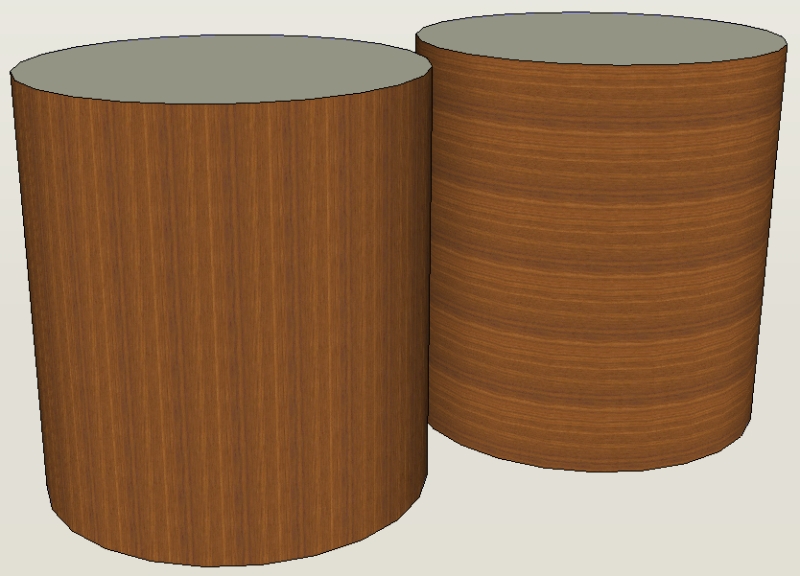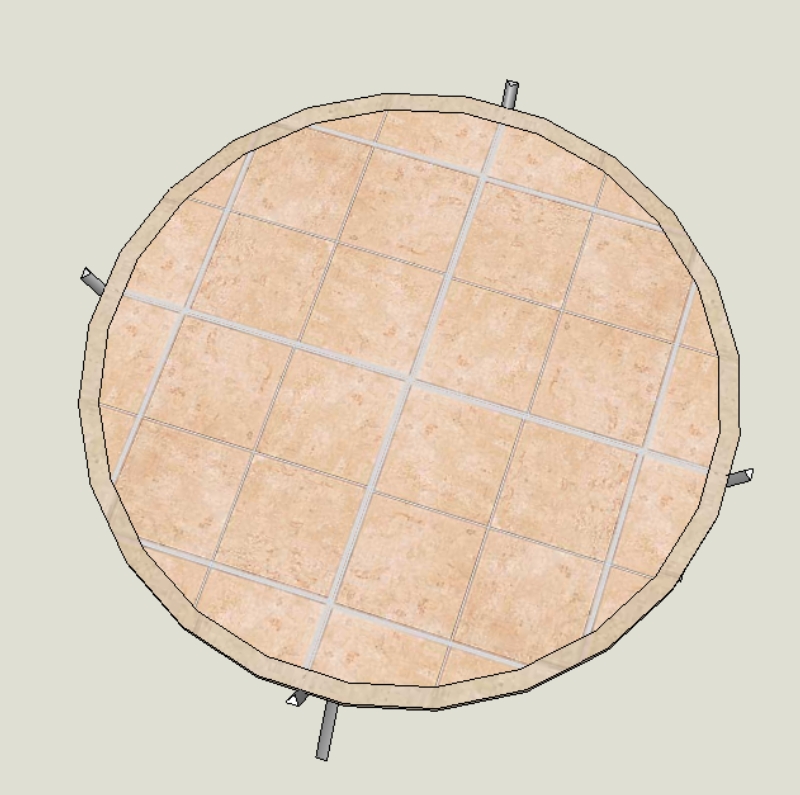Idea for ruby to reduce file size
-
I do this a lot as small file sizes are necessary to keep things moving on my slow pc. It works, but there is a downside. You can't "smooth" a line between components. You can only hide it. That means the shading/rendering engine doesn't recognize that there is a continuous surface and it doesn't look as good as it could.
Still a good idea, but not one you'd want to always use.
-
Sketchy, you're right. This is a good way to help reduce file size. It would be kind of neat if this could be automated, too. John does make a good point about applying materials to components in which that has been done so caution should be exercised.
-
Hi guys,
Have a look at the attached file. If you "slice" your object (this case a circle) at its midpoints rather than at the endpoints, you can "keep" it seamless (using the good old techniques - hiding edges etc...).
-
Gai, you beat me too it. I was about to post an example showing that. It's a good tip.
-
Yeah, Dave, but in your other topic I realised that texture mappung is almost impossible this way...
-
Yup Gai thats exactly what I was thinking. Does this method solve the rendering issue SchreiberBike brought up?
And my fantasy involved an automated ruby that would to through every group/component and regroup based on symmetry. Or you could select specific groups/components. I would probably only do the whole model before sending it to LayOut, to someone via email, or posting it on a cool message board with file size limitations
 . I would keep a copy of the unmodified version as well.
. I would keep a copy of the unmodified version as well. -
Sketchy, Gai's method only partly helps with the rendering thing. You won't get a hard edge as you would by hiding a corner but textures would still have a problem. Imagine a tiled top on your table example. It would look like it was cut into pie-shaped segments with the tile cut on an angle. For some things like wood grain textures, you could get a look of a typical veneered top, so sometimes it could be good.
-
Yup, here is an example with different transitions of soft shadows (still the "original", low poly model).
Note that the "hardest" shadow edge is neither at a midpoint nor at an endpoint. This is not textured though - just the "clay" model (with the original Front Face) rendered in Kerky.
-
Thanks for the render Gai.
For the sake of discussion here are the two models with textures applied. I didn't take any time to scale or move any of the textures.


Here I took the tile texture and moved it slightly (no rotation or scaling). A pretty easy shift. I do recognize that other textures would be more problematic.

-
Hi Sketchy,
Did you progress this idea at all? I'm looking for a automated process for splitting a large urban model into individual tiles.
Cheers
Advertisement







